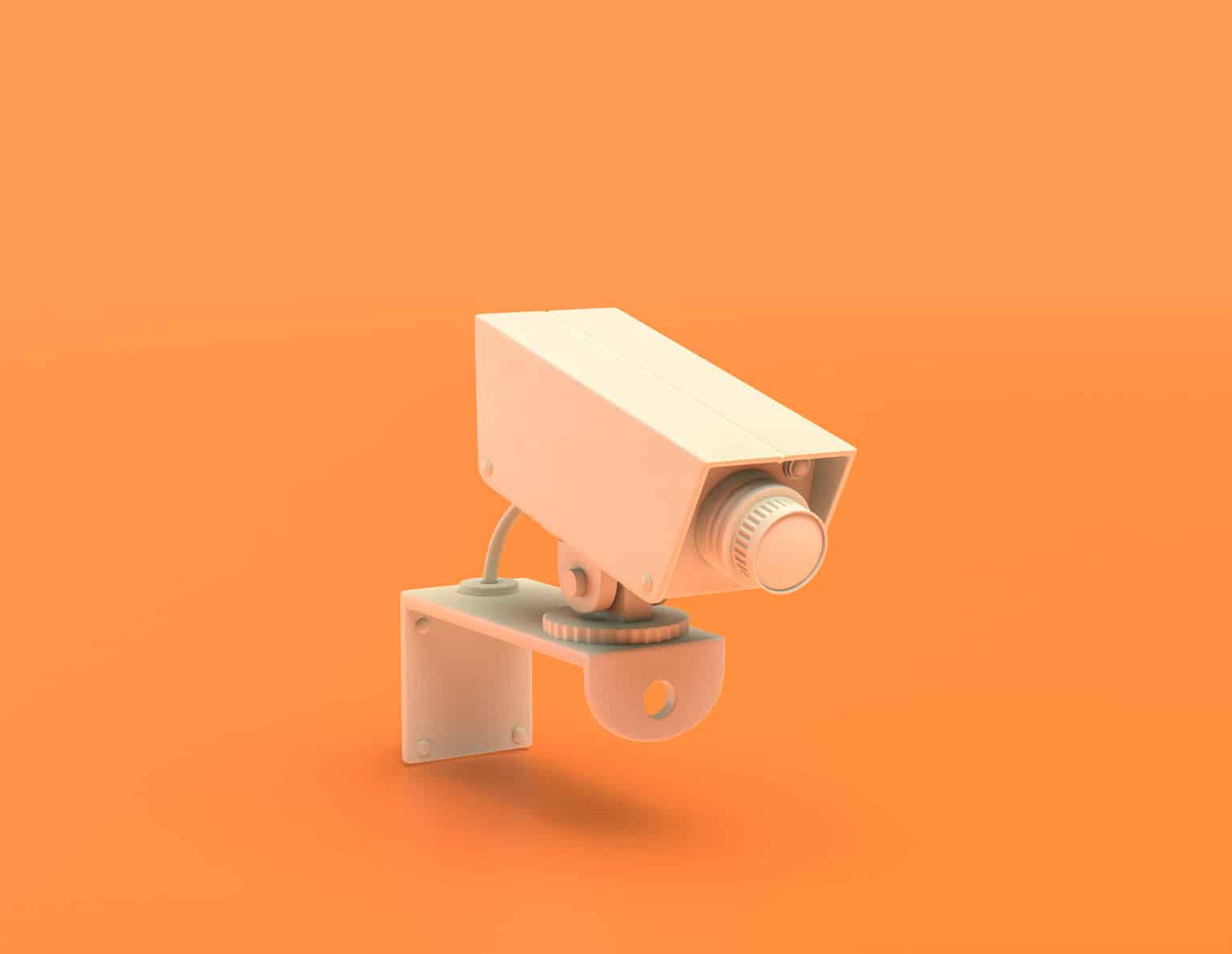EXCLUSIVE: New vistas in cloud service interoperability


Victoria Rees
Share this content
Leo Levit, Chairman, ONVIF Steering Committee says that vendor agnostic communication is possible with standardization.
An ever-expanding world of new services and capabilities is opening up right before our very eyes – courtesy of the cloud. Smart cities, super-computing edge devices and intelligent ecosystems are cropping up as loT connections proliferate into the billions.
Along with that evolution, physical security continues to expand its reach from video surveillance and access control into detection and alerting, including environmental and occupancy sensing, lighting and energy management. A complete, holistic solution is at our fingertips – when we standardize communication between devices, clients, software and cloud services.
Implementations of cloud technology, analytics and loT are innovating at warp speed. Cloud services and related technologies are beginning to mature and enter the mainstream. Truly open systems need standardization to fully leverage the value of metadata and other payload coming from all these connected sensors. Like many organizations in this space that advocate for interoperability, ONVIF recognizes that standardized interfaces and protocols in the cloud space can provide many benefits to manufacturers, integrators and end users.
What does cloud actually mean?
Video surveillance systems and devices traditionally were utilizing on-premises network topology, with computing data processed and stored by local servers. Now, many systems are moving to the cloud for greater performance, efficiency in administration, control and management. The cloud facilitates these connections and processes as well as stores various types of metadata for further analysis and intelligent applications, optimizing the decision-making process.
Many functions have moved offsite, include monitoring and management that permits remote access; analytics using deep-learning cloud resources like Microsoft Azure or Amazon Web Services; and cloud storage to actively retain video or other metadata. These primary use cases also include any combinations of these types of functions.
Current cloud landscape
While the cloud can be an enabler or facilitator of gathering metadata and managing your system, proprietary solutions also exist in this space. Just as with on-premises systems, these closed systems limit interoperability and the short and long term potential for changes and upgrades. This approach also limits the options available to a system owner to resolve any issues with proprietary solutions, as the options to fix any issue are limited to the ones provided by this single vendor.
Some closed systems have been marketed as the cloud, sparking an assumption that cloud means proprietary. While they promise and deliver a full range of services, proprietary systems in reality eliminate a user’s control over their system and increases their dependency on the vendor by locking the user into a specific solution. Going proprietary also limits your future outlook as well as ownership of the data and ultimately the functionality of the data you believe you own.
Proprietary cloud services have their place: Innovation often occurs in a proprietary ecosystem because creators can more easily control different variables. However, once a critical mass of users and applications is reached, demand grows for interoperability and the move to open systems and platforms.
With open, interoperable solutions, most of the investments and infrastructure is still possible to maintain even if you move to a different provider or decide to expand your system with functionality not available from your current vendor.
Opportunities for integrators and end users
With the cloud comes additional opportunities for integrators. While the market remains in transition as integrators gain confidence in the cloud, there are early adopters. Systems integrators are beginning to leverage the cloud as a vehicle to easily add new services, embracing the ability to remotely manage and maintain the system for time and labor savings.
Openness is critical to systems integrators because it gives these companies the possibility to connect to the cloud with their own methods or tools. It also enables integrators to retain complete visibility across devices and at the same time maintaining the highest possible levels of customer data integrity. The cloud provides flexibility in applications and the ability to adapt, move and reconfigure systems at will – but only if it’s within an open environment.
Systems integrators can more fully leverage artificial intelligence (AI) and emerging edge computing technology with the cloud and achieve bandwidth and storage efficiencies for video and other data as well as new monetization opportunities through services. However, there’s still a lack of standardization of a cloud interface between components of the surveillance system.
Changing dynamics in place with Profile M
ONVIF has set its sights on a way to standardize around protocols commonly used in the cloud space, in the example of its latest specification, Profile M.
Profile M standardizes the handling of analytics metadata between cameras, VMS and other software platforms. Devices are free to produce data depending on their capabilities, AI models and other algorithms; the data produced and the way in which it is generated is standardized between devices.
The profile leverages a common communications protocol used by loT systems/distributed device infrastructures called MQTT. Profile M doesn’t specify on premise or cloud and is agnostic to a specific device and its capabilities.
To accommodate the virtual nature of cloud and the growing proliferation of software, ONVIF has deliberately relaxed its traditional parameters for conformance with this new profile. Profile M offers the flexibility to include cloud-and server-based services and software as conformant devices, opening opportunities for new integrated applications and the ability to connect to different entities in a loT or automation ecosystem.
How ONVIF can facilitate cloud interoperability
The role of ONVIF in advocating for interoperability between physical security devices and cloud-based applications, including unification and standardization of an interface for video to cloud systems which are device and client agnostic.
ONVIF’s member-driven organization is represented by the vast majority of the industry and includes vendors with expertise and market knowledge in cloud facilitation. Future discussions will center around a common set of specifications that can serve the market in a very stable way and industry standard protocols that are not proprietary for any of the cloud vendors.
The ideal outcome
Having ONVIF conformant products enables easier integration of products from different vendors. It gives system integrators and end users greater flexibility and product choice and prevents vendor lock-in for a future-proof system.
For more information on ONVIF profiles and conformant products and how you can participate in driving ONVIF standardization work on cloud and other areas, click here.

Leo Levit is Chairman, ONVIF Steering Committee, and has spent many years in the technology innovation and product management fields. Beginning with a Master’s Degree in Electronic Engineering, his professional career has included multiple positions in several multinational companies such as Ericsson and Sony.
During Leo’s 20+ year career, he has contributed to technology adoption in the telecommunication, security and video analytics fields. In addition to his role as Chairman of the ONVIF Steering Committee, Leo is currently the Director of Systems Integration at Axis Communications AB.
This article was originally published in the January edition of Security Journal Americas. To read your FREE digital edition, click here.


